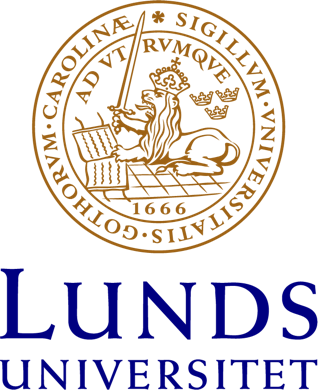Knowledge transfer – the way forward for early-career researchers
By louise [dot] larsson [at] ehl [dot] lu [dot] se (Louise Larsson) - published 22 September 2022 Sociologist Ingrid van Dijk. Photo: Louise Larsson They come from different academic disciplines but have all ended up at the Centre for Economic Demography at Lund University. Join Ingrid van Dijk, Finn Hedefalk and Björn Eriksson in a conversation about the conditions for early-career researchers, l
https://www.staff.lu.se/article/knowledge-transfer-way-forward-early-career-researchers - 2025-07-07
